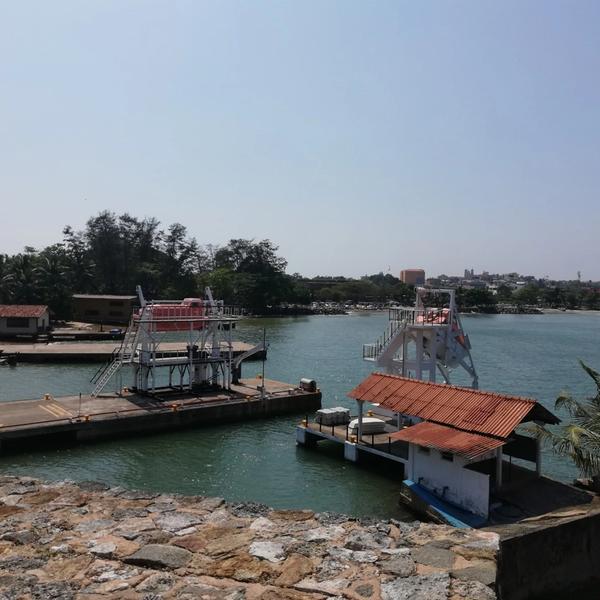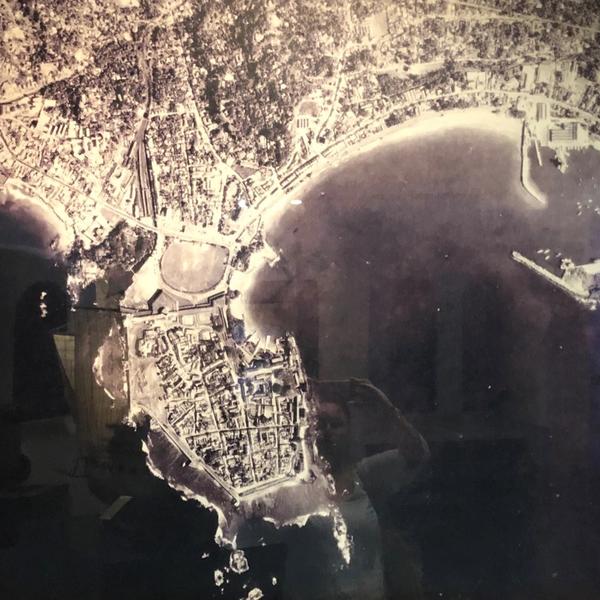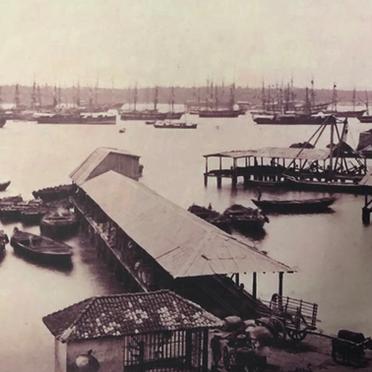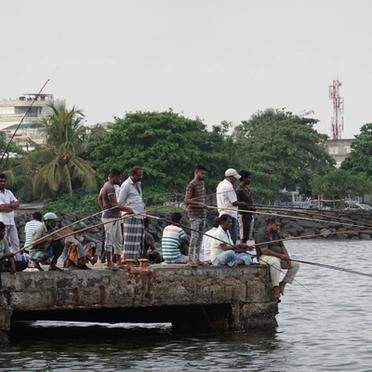
The place where it all began



- Baladaksha Mawatha
- Open 24/7
Sinbad’s legend inspired generations of adventurers, explorers and seafarers to seek fame and fortune at this serendipitous piece of coastline.
Stories of early traders

Today the jetty outside the old gate is an ordinary concrete pier, but this is where the history of Galle as a major trading hub began, where the first generation of seafarers first set foot in the country. “It all started with the story of the legendary Sinbad the seaman who peddled across the water and found a river full of gems. Sinbad’s legend inspired generations of adventurers, explorers and seafarers to seek fame and fortune at this serendipitous piece of coastline” says Mark Thompson, a Galle based historian. Then, in 1292 Marco Polo - when he was 38 - passed through Galle on the way to India, he called his discovery ‘the finest island of its size in the world’. In those days Arab traders led the way, they dominated the seasonal ‘Monsoon Trade’ between SE Asia and East Africa. Muslim sailor Iban Batuta was one of them, he dropped anchor here in 1344 to load his ships with precious stones and spices.
Chinese explorers
In 1411 it was the local fishermen that saw an armada if no less than sixty ships sailing into the harbour. They came from China. 5 years later - after which they’d made a trip around the world- General Zheng He, the captain came ashore to share some gifts they’d picked up on the way, and left a stone tablet to commemorate his visit. ‘1000 pieces of gold, 5,000 pieces of silver and 50 rolls of embroidered silk’ were just few of the items on the list.
How Galle got its name
About a century later, a fleet of Portuguese ships on their way from Goa to Maldives got caught in a storm and washed ashore. General Almeida liked what he saw, as he looked though his telescope and named the place Gallo after the sound of the chirpy cockerel bird. The name stuck, the Portuguese stayed, and the rest is history.
Galle Harbour

The Dutch expanded the wooden Portuguese jetty and started using Galle harbour as a supply harbour to Batavia. Not all ships were able to navigate the rocky and dangerous bay, one of the Dutch ships called the Avondster sunk in Galle bay. Later, the British removed rocks in Galle bay, expanded the Dutch canal and added four more jetties. Even after the spice trade, for many years Galle remained an important timber harbour, until the Suez Canal in 1869 proved to be a game changer. Today the jetties are a popular choice for the fisherman among Fort residents.
